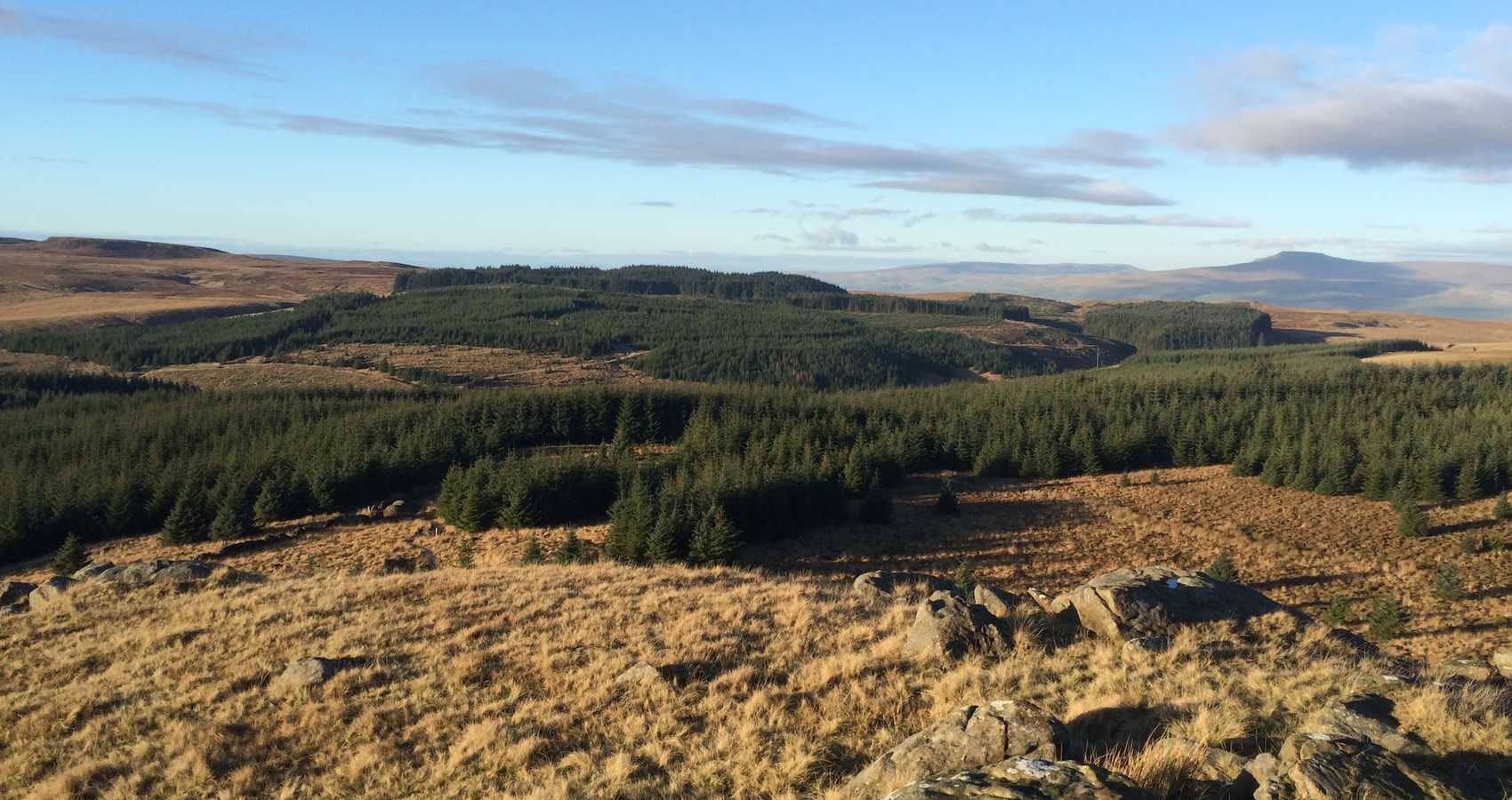Hidden Valley
written by: Steven Elvy
@steveelvy2
It has been said that The Ribble Valley is one of the best kept secrets in the British Isles.
If that is true, then surely when this significant fact reaches the ears of those tasked with promoting the area at the Tourist Information Board, it must do so by imparting more than a feint degree of exasperation coupled with the clear indication that they are simply not getting the message out there.
The location of the Valley – lying as it does not only in the heart of the North West of England but also almost precisely in the centre of the British Isles – would seem to indicate that it was doing an excellent job of hiding itself – quite blatantly – in plain sight.
It would be easy to imagine a prospective excursionist: possibly sitting comfortably in their Midlands suburban semi-detached with an RAC road atlas perched on a coffee table and turned to the appropriate pages ready to plot their anticipated route. This expectant traveller may follow their finger along the maps printed blue line representing the M6 motorway and then notice how it veers shyly to the left of Manchester before continuing eagerly towards Wigan and then Preston. The faint of heart could, at this juncture, manoeuvre their digit yet further left towards Southport or Blackpool; or, for those of sturdier dispositions – and stouter walking boots – they could allow their finger to carry them on for another few inches up the page to The Lake District, conceivably a picture forming in their mind of Cumbria’s universally acknowledged panoramic beauty of lakes and undulating mountains, streams and dales.
For those prospective tourists with a keen eye, whose vision was not immediately seduced by candy-floss to the west or mint cake to the north, they might at this point glance a little to the right of the map and read the names of well known towns such as Rochdale and Blackburn or Burnley – no doubt with an imagined cartoon bubble above their heads depicting images of grey men in flat caps walking whippets along wind-swept Coronation Street-style back alleys with half-smoked Woodbines dangling from thin, compressed lips.
But, for these same travellers – once ensconced in their shiny saloon cars and having embarked upon the actual journey – or for those of a more inquisitive nature – or quite likely those who inadvertently take a wrong turn and simply get lost – a slight detour will reveal a patchwork of small villages, hamlets and market towns protected from harsh winds by high surrounding hills and revelling in semi-comical names such as Ramsbottom or Rawtenstall or the nearly unpronounceable Oswaldtwistle.
Then, just a whisker away, is the Valley itself: Longridge, Bashall Eaves, Whalley, Bolton by Bowland . . .
The Ribble Valley can boast to be a microclimate, both meteorologically and socially. Whilst the rest of the country may be swathed in golden sunshine or shivering in bitter rain, at the same moment Ribble Valley dwellers could be enjoying or suffering quite the opposite clemency; inner-city strife and struggle will occur up and down the land but much of the populace of the Valley will be more concerned with meatier problems such as why The Nab, perched imperiously above Whalley, prevents its residents from being able to get a good Wi-Fi signal.
It is the sort of place that many people dream about, knowing they will never get the opportunity to exchange their given lot and live in such a serene and untarnished shire, albeit seemingly in the middle of nowhere.
Some locales will strike a chord, even to those from far away climes. A mention of the market town of Clitheroe will remind those of an older persuasion of the redoubtable radio character, Jimmy Clitheroe; the ruins of the Cistercian Abbey in Whalley will be known to scholars of such antiquities; the imposing spectacle of Pendle Hill will be recognizable to those with even a fleeting knowledge of the infamous witch trials held in 1612.
Upon returning home, these visitors may describe their foray into the Valley in wistful tones and perhaps use words and phrases to describe it such as ‘other-worldly’, ‘bucolic’, ‘tranquil’, or ‘like going back in time’.
Some of the Valley is somewhat dated and even those who have lived there all their lives wryly acknowledge this truth, whilst at the same time they exalt in it.
The younger generation lament that there is ‘nothing to do’ and dream of the wonders they could enjoy if they lived somewhere – anywhere – else.
Above and all around there can be seen a clutter of woods, hill forests and hillocks which undulate like a high green fortification overlooking the sporadic oasis of farms, animal stock and human habitation dotted along the Valley floor below; cattle and sheep either standing idly or lumbering dumbly; country lanes interlinking one village to the next, one church spire to another.
But visitors should also be aware that some folk say not all of the Pendle witches have gone and – for all it’s now seeming gentle tranquillity – the Valley was once home to the last packs of wolves to roam England.
There are others who even claim that some of the wolves may still be there today, but now attired in Barbour jackets, green Wellington boots and driving Audis and BMWs.
But why not come and see for yourself?
- A Nice Day Out - May 4, 2025
- By The Book - January 12, 2025
- The Antiquarian - May 19, 2024



